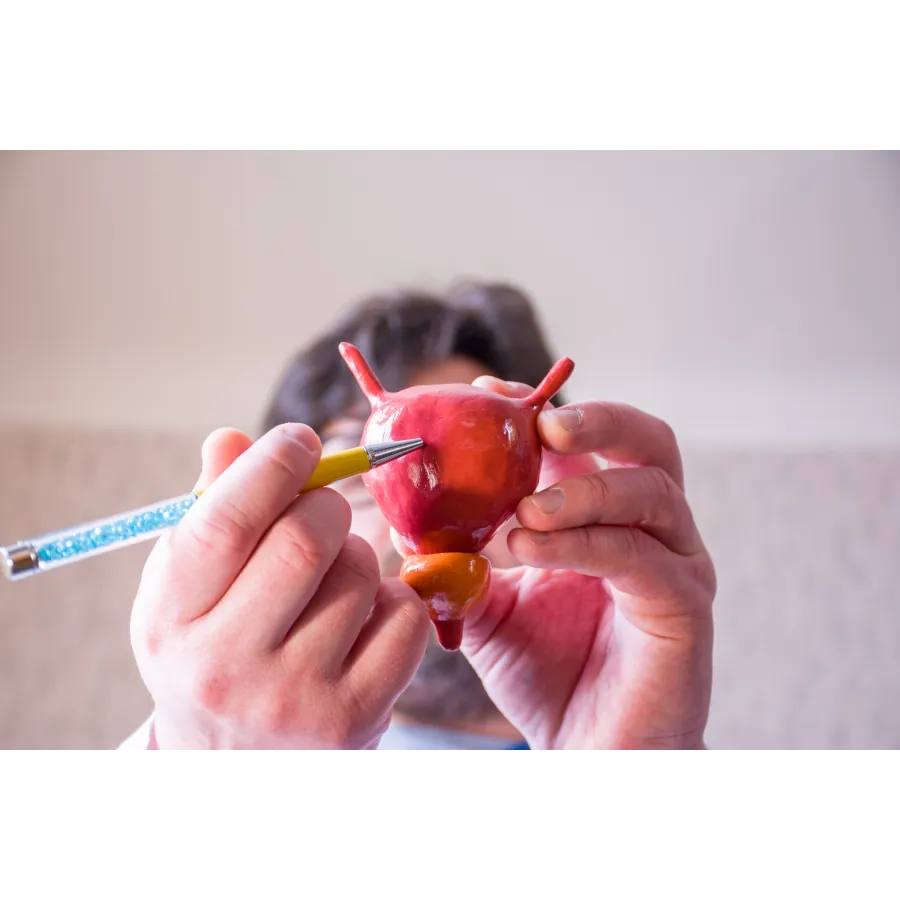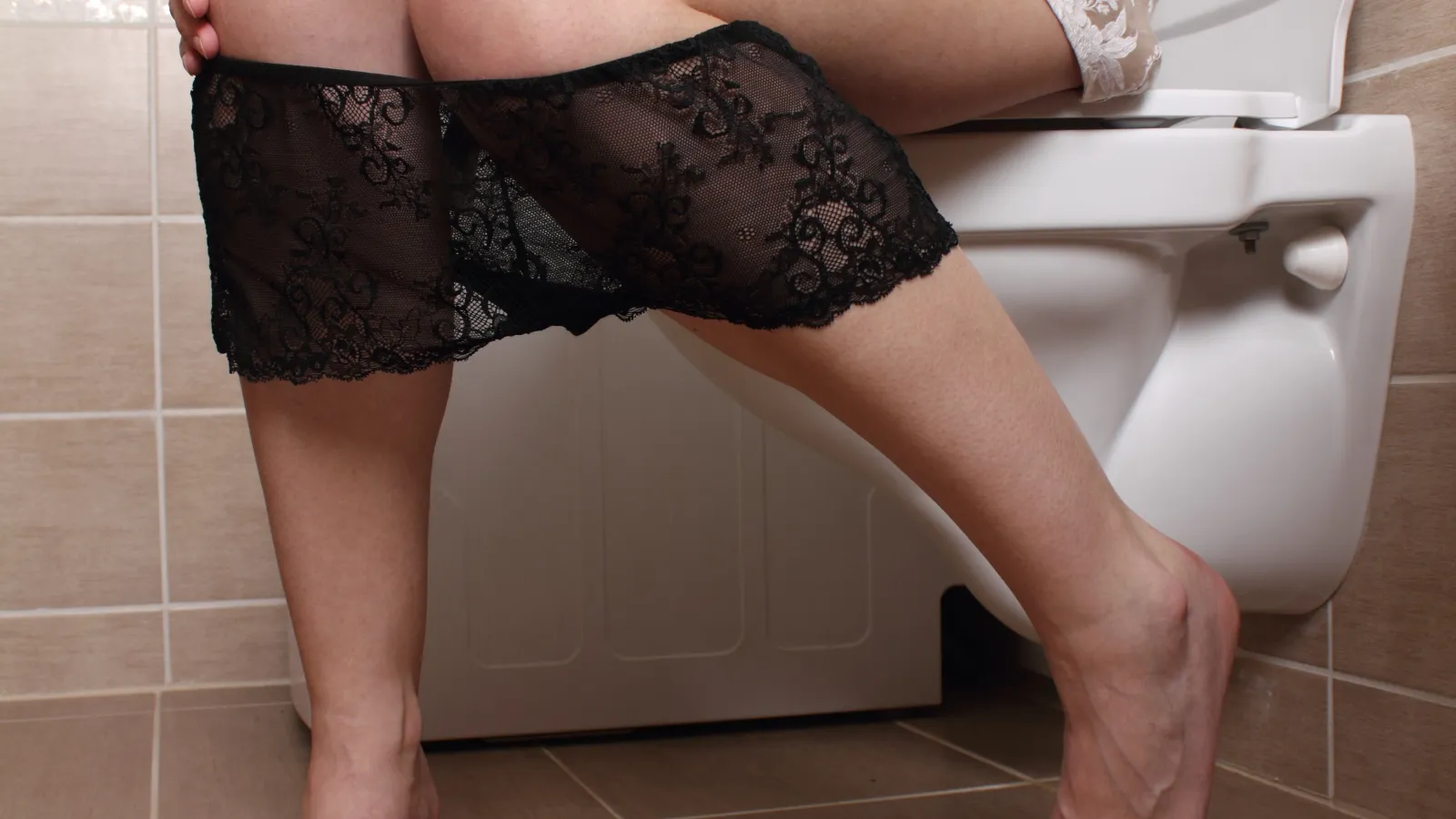Urodynamic Testing
What is Urodynamic Testing?
And How Advanced Gynecology Can Help
We are always here to help you find the right care. Our patient coordinators can help you schedule an appointment for an exam or for urodynamic testing if your doctor has prescribed it as the next step in your treatment plan.

When You Should Get Urodynamic Testing
- Urine leakage, frequent urination, or painful urination
- Sudden, strong urges to urinate
- Problems starting a urine stream or emptying the bladder completely
- Recurrent urinary tract infections
If you are experiencing any of these symptoms, it is recommended you meet with your doctor or specialist to discuss your current health circumstances to determine which method will be best for you.

Different Methods of Urodynamic Testing
- The length of time it takes to produce a urinary stream
- The volume of urine produced
- The ability or inability to stop the urine flow midstream
In precise measurement testing, imaging equipment takes pictures of the bladder filling and emptying, pressure monitors record the pressures inside the bladder, and sensors record muscle and nerve activity.





